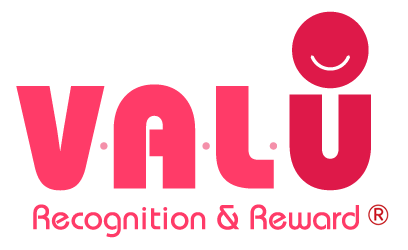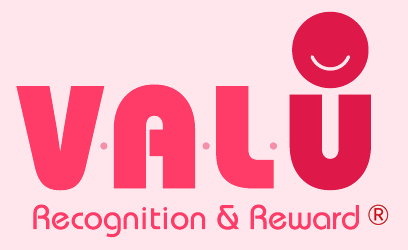What Employees Really Think About Recognition
(And What Companies Can Learn From It)
Recognition in the workplace isn’t just a “nice-to-have”—it’s a critical component of employee satisfaction, engagement, and retention. But while most companies think they’re doing a good job at recognising their employees, the reality often tells a different story.
So, what do employees really think about recognition? And more importantly, what can businesses learn to improve how they show appreciation? Let’s dive into the insights.
1. It’s Not About the Grand Gestures
While bonuses and awards ceremonies have their place, most employees crave simple, authentic recognition. In fact, studies show that 82% of employees feel more motivated when they receive regular acknowledgment for their work.
💡 Lesson for Companies:
Make recognition part of the everyday workflow. A simple “thank you” or acknowledgment of a job well done can go a long way. Platforms like V.A.L.U make it easy for peers and managers to send recognitions in real-time, turning appreciation into a habit, not an event.
2. Personalisation Makes It Meaningful
Generic praise like “Great job!” feels hollow. Employees want recognition that speaks to their specific contributions and efforts.
💡 Lesson for Companies:
Encourage managers to get specific in their praise. Instead of saying, “Good work on that project,” try “Your attention to detail on the project plan helped us meet the deadline seamlessly—thank you!” V.A.L.U’s recognition process helps you to personalise messages effortlessly.
3. Peer Recognition Matters More Than You Think
While recognition from managers is important, peer-to-peer recognition creates a sense of community and teamwork. Employees often report that being appreciated by their peers feels more genuine and rewarding.
💡 Lesson for Companies:
Implement a peer recognition program. With V.A.L.U, employees can send recognitions directly to colleagues, fostering a culture of mutual appreciation and connection. Plus, it reinforces positive behaviours across teams.
4. Recognition Without Reward? It Feels Incomplete
Recognition is powerful, but pairing it with tangible rewards amplifies its impact. 69% of employees say they’d work harder if they felt their efforts were recognised and rewarded.
💡 Lesson for Companies:
Use a system that combines recognition with rewards. With V.A.L.U, companies can tag a reward to recognitions, which employees can redeem. You can recieve points and win meaningful rewards—whether it’s a lunch voucher, extra time off, or a donation to a favorite charity.
5. Linking Recognition to your Company Values
Many companies have a selection of company values which they aspire to achieve. Recognising an employee and linking to a company value allows all employees to live and breath these values—highlighting their efforts and setting positive examples.
💡 Lesson for Companies:
With V.A.L.U, Recognitions can be directly linked to company values.
6. Consistency is King
Recognition isn’t effective if it happens sporadically. Consistency shows employees that their efforts are always valued, not just during review cycles or after big wins.
💡 Lesson for Companies:
Use automated reminders or recognition goals to keep consistency on track. V.A.L.U allows managers and teams to set up prompts, ensuring that recognition becomes a regular and meaningful practice.
The Takeaway: Recognition Isn’t One-Size-Fits-All
The most successful recognition programs are the ones that feel authentic, personalised, and consistent. By understanding what employees truly value in recognition—and using the right tools to deliver it—companies can create a more engaged, motivated, and loyal workforce.
Ready to show your employees how much they’re valued?
💡 Try V.A.L.U today and transform your recognition and reward strategy.

